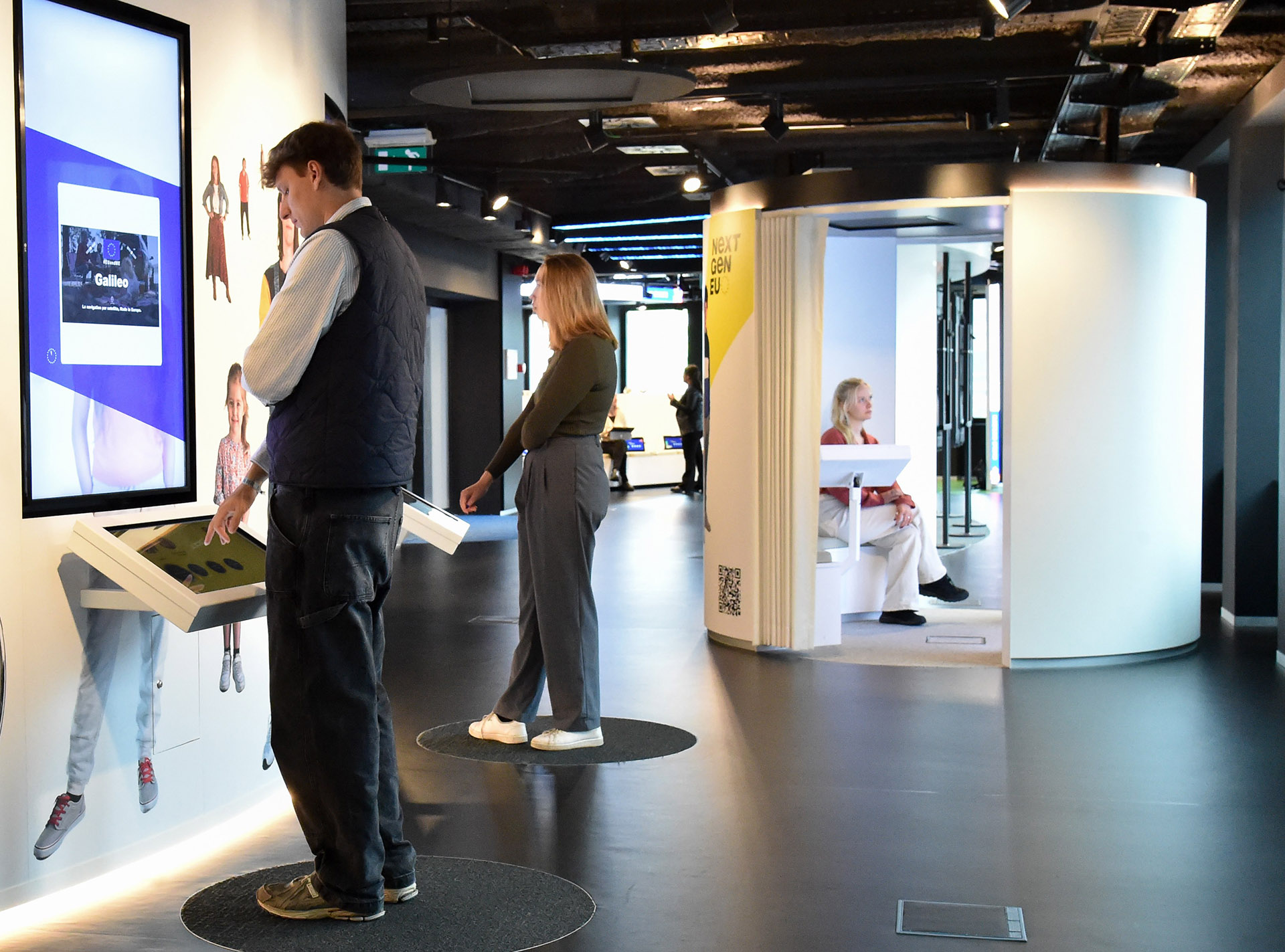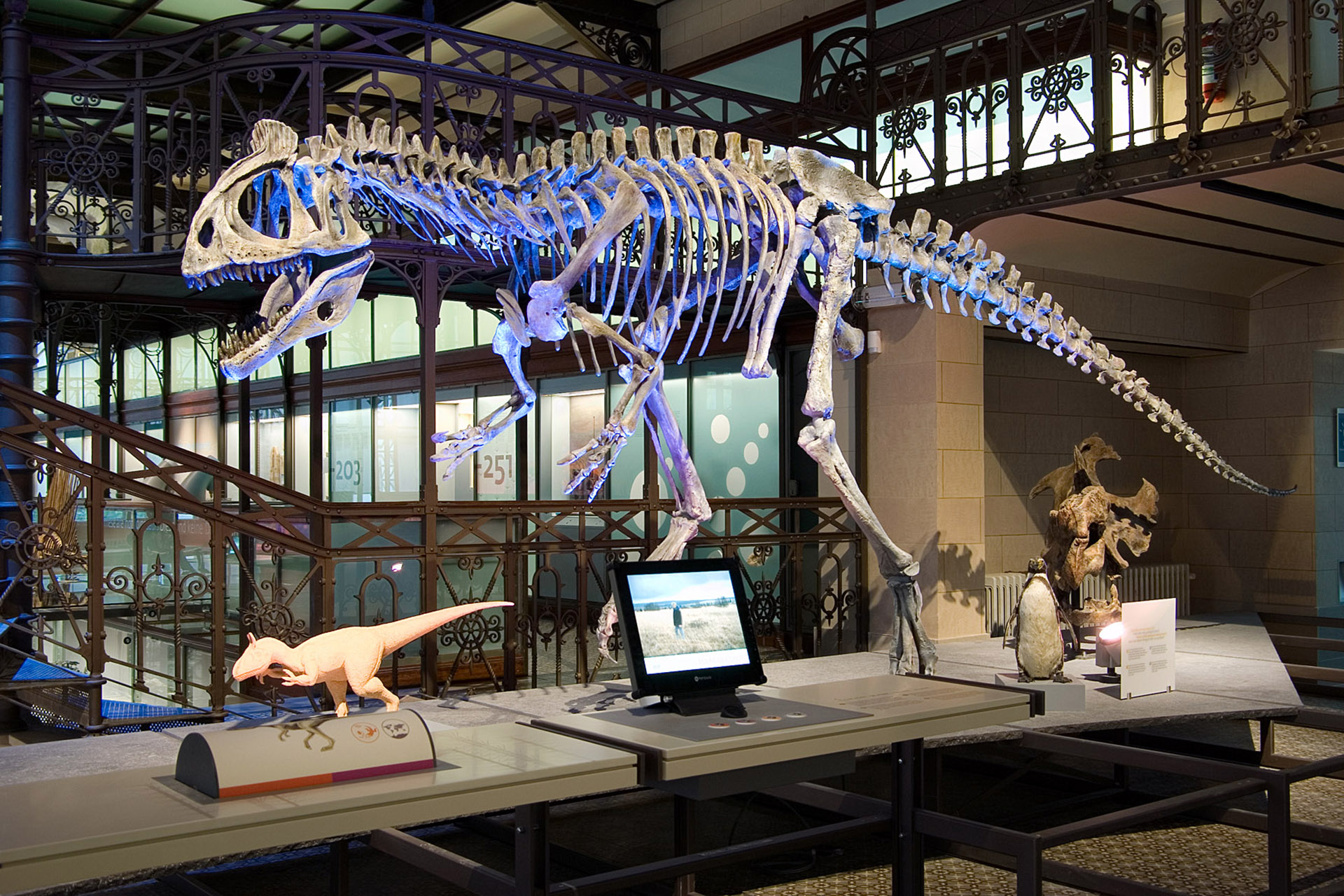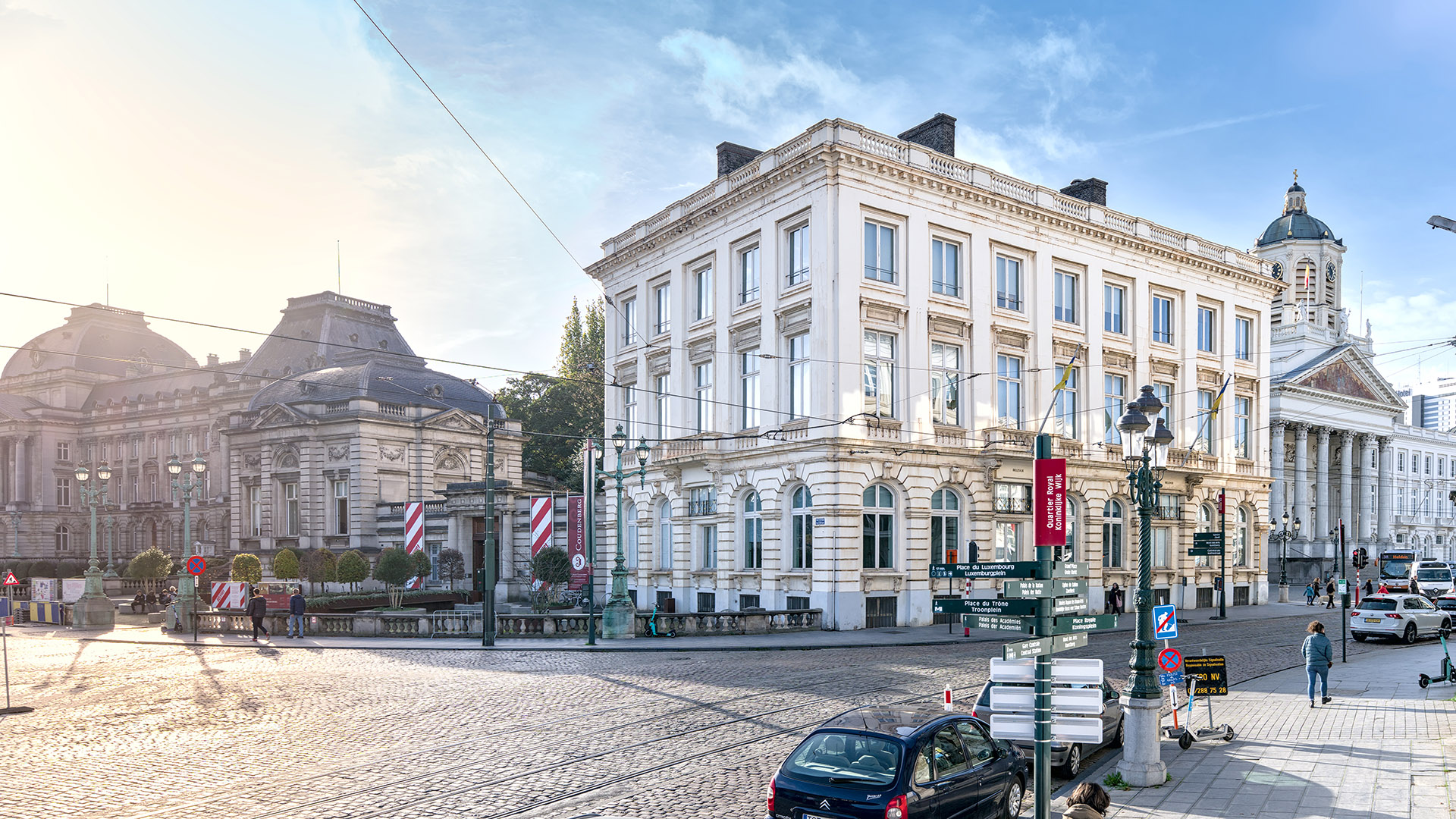House of European History
Entrance is free, with audio-guides in the 24 official languages of the European Union.
At the heart of the House of European History, the permanent exhibition galleries use objects, reconstructions and multimedia resources to take visitors on a thought-provoking narrative that focuses on the continent’s 19th and 20th centuries.
The museum regularly hosts temporary exhibitions.
For example, exploring the issue of waste in Europe, disinformation or artwork during wartime. Discover the current temporary exhibition on the website.
Teachers and Students
Learning aids and resources are available both on-site and online. Onsite, the museum offers workshops, guided and self-guided tours for primary and secondary school students. Online, teachers and students can use free digital resources for the history and civics classroom, either as a preparation to visit the House of European History or as a classroom activity.
Families
From museum trails to hands-on spaces and family events, you can arrange a fun day of discovery and connection for the whole family at the House of European History.
A trail created in the style of a newspaper makes young visitors aged 8 to 12 step into the shoes of a spy. The trail is available in four languages (Dutch, French, English, German) during the museum opening hours.
The museum is family-friendly, with baby-changing facilities and access for buggies. Parents may feel certain aspects of the permanent exhibition are only suitable for children over eleven years old.

- Monday : -
- Tuesday : -
- Wednesday : -
- Thursday : -
- Friday : -
- Saturday : -
- Sunday : -
- T. +32 2 283 12 20
- Rue Belliard 135 Belliardstraat - 1000 Brussels
- https://historia.europa.eu
- historia@europarl.europa.eu
-
Opening times
29/03/2025 - 11/01/2026: * monday: from 13:00 to 18:00 * tuesday, wednesday, thursday, friday, saturday and sunday: from 10:00 to 18:00
Far from being confined to museums or books, history plays a significant role in everyone's lives: visits to places that have become tourist sites, commemorations and re-enactments of events, excavations, conservation or collections of ancient objects. Interactions with the past can take many forms, and have a variety of purposes, such as ensuring links within a community, building identity, having fun or remembering certain tragedies of the past. In order to evoke all these links that the people living in Europe can have with history, the exhibition ‘Presence of the Past. A European Album’ is divided into seven main sections: The tourist appeal of historic sites, places of pilgrimage that are sometimes enjoyed simply to fill up our social networks. Commemorations which, in today's post-heroic era, highlight soldiers and civilian victims in rituals of remembrance or appeasement, without focusing solely on military leaders. Historical re-enactments, which have been practised for decades but have recently been gaining in popularity. The manufacture of heroes, to examine the mechanisms at work in creating cults of personality, sometimes spontaneous, sometimes imposed by the state. De-commemoration, to assess possible solutions to monuments inherited from bygone eras, such as those associated with colonisation, slavery or dictatorial regimes. The past as landscape, when nature gradually reclaims places marked by tragic histories. And the historians of everyday life, those citizens who go in search of old objects, collecting them or exhibiting them to anchor themselves in the past of their family, country or community. For this exhibition, the House of European History is partnering with Brussels-based Atelier de photographie de l'École nationale supérieure des arts visuels de La Cambre. Six of the 21 photographers whose work will be presented have studied at this college, and will thus showcase the younger generation’s take on how history permeates our daily lives. Visitors are encouraged to explore the historian in them through interactive activities in the exhibition.







